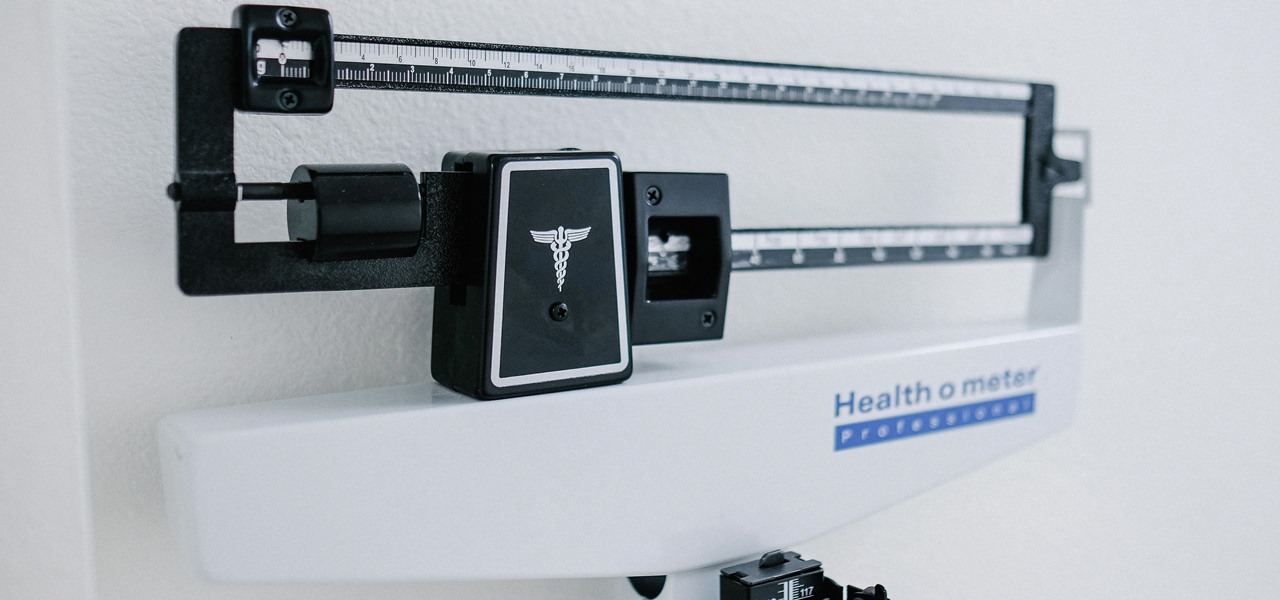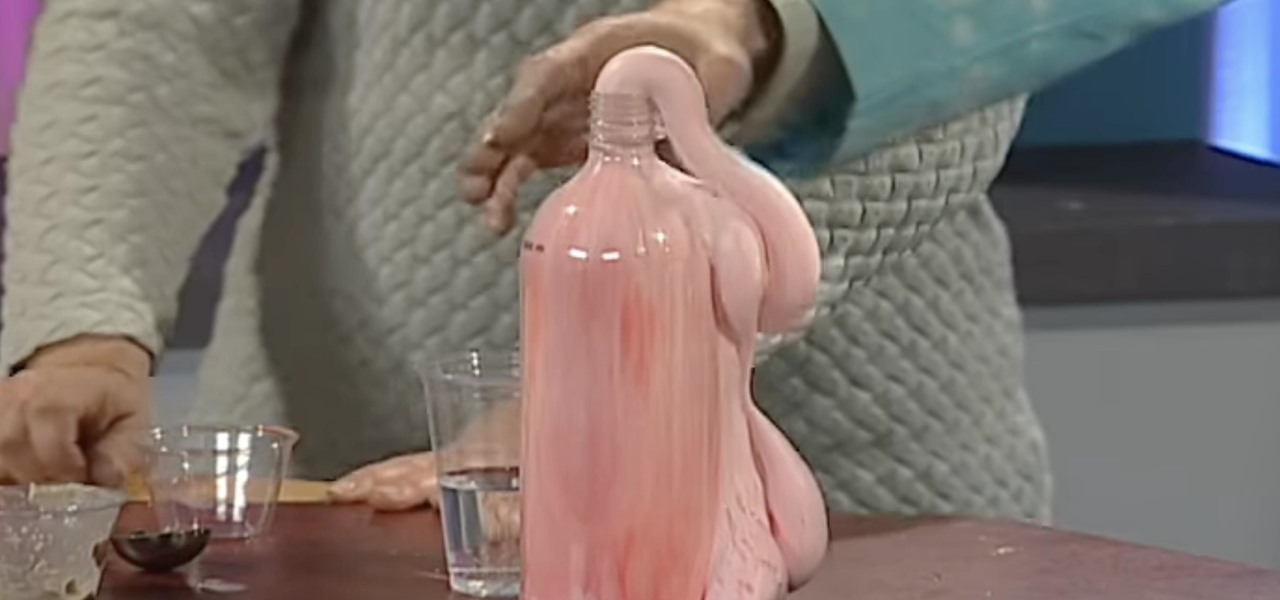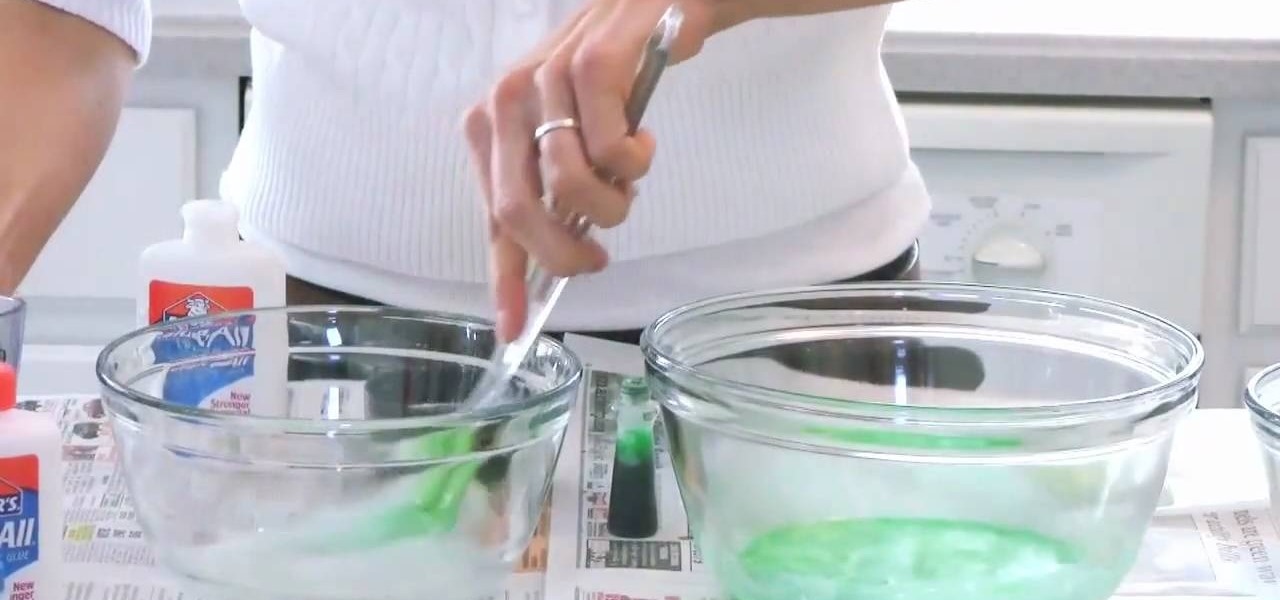Hot Science Experiments Posts


How To: Make a Borax snowflake using supersaturated solutions
Perform your own fun and exciting science experiment from the comfort of your own home. With the help of this instructional video, create a beautiful Borax snowflake with simple household items like boiling water, string, pip-cleaners and pitcher. Fun for both kids or adults, this step by step guide will give you exact measurements and in less than twenty four hours, anyone can have a unique gift or decoration! You can even add food coloring to make a rainbow of delicate snowflakes that are p...
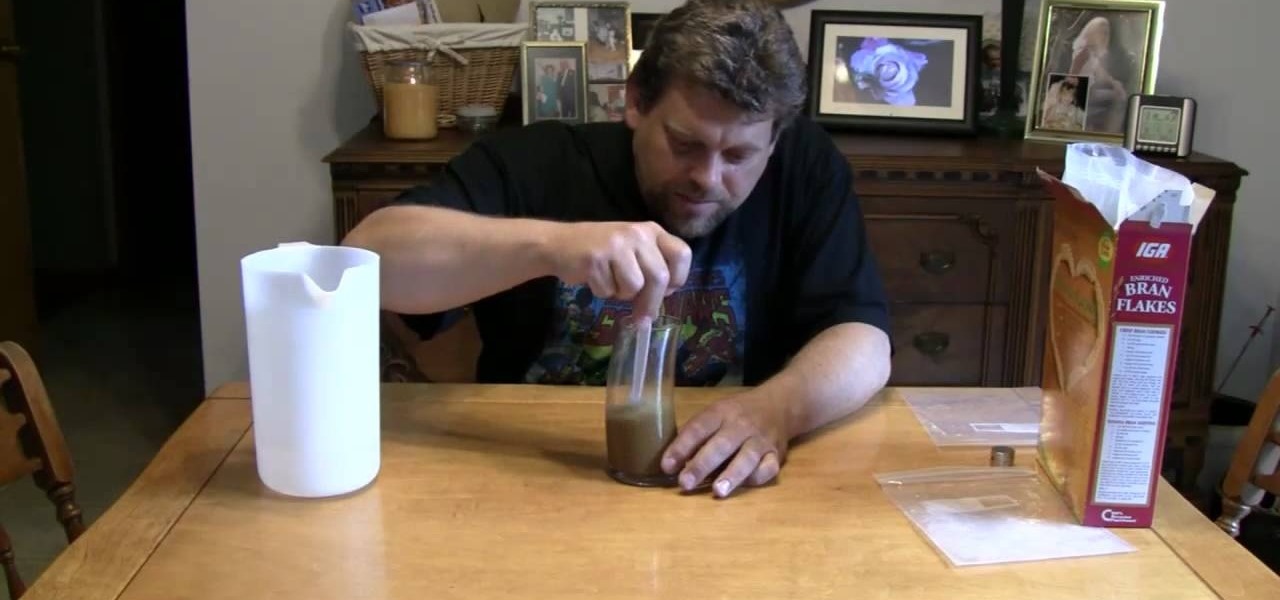
How To: Remove Iron from Cereal
There's a lot of iron in your cereal, so much that it's possible to isolate and remove it using a little known trick. In the video below, Mr. G of Do Try This at Home will show you his secret to removing the iron content of your daily cereal, using a magnet to show exactly how much of the mineral is in a bowl of bran flakes. It's a little bit awkward, so brace yourself!
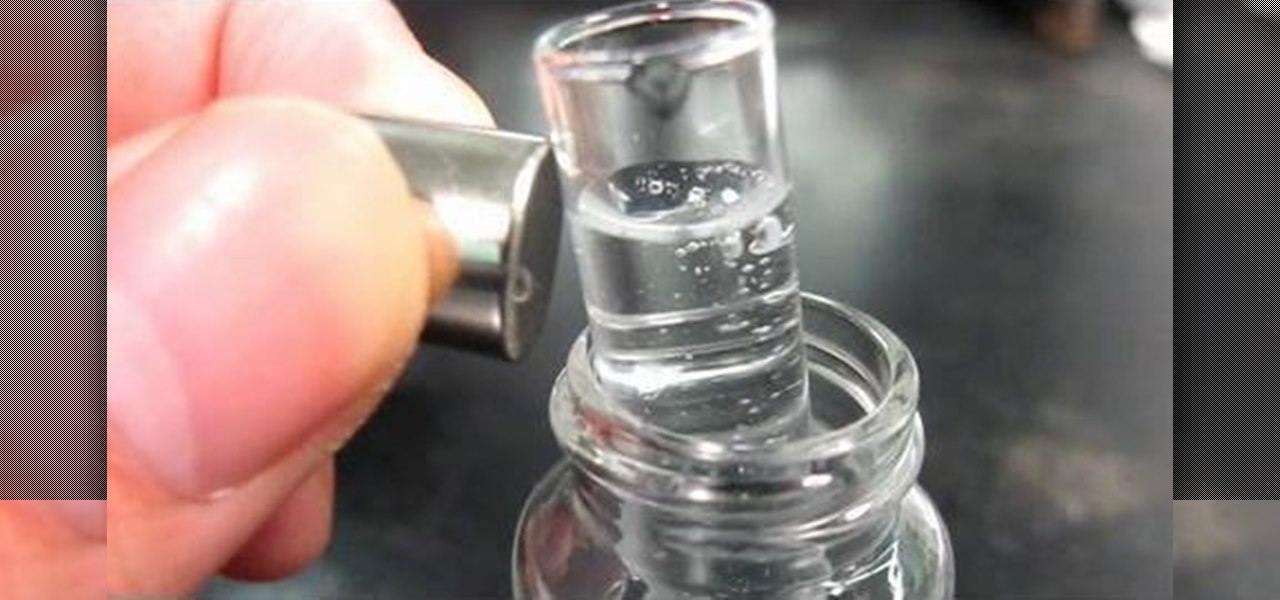
How to Test diamagnetism: Antimagnetic water/hanging graphite
If you had to answer the following statement, which answer would you choose? Water is:
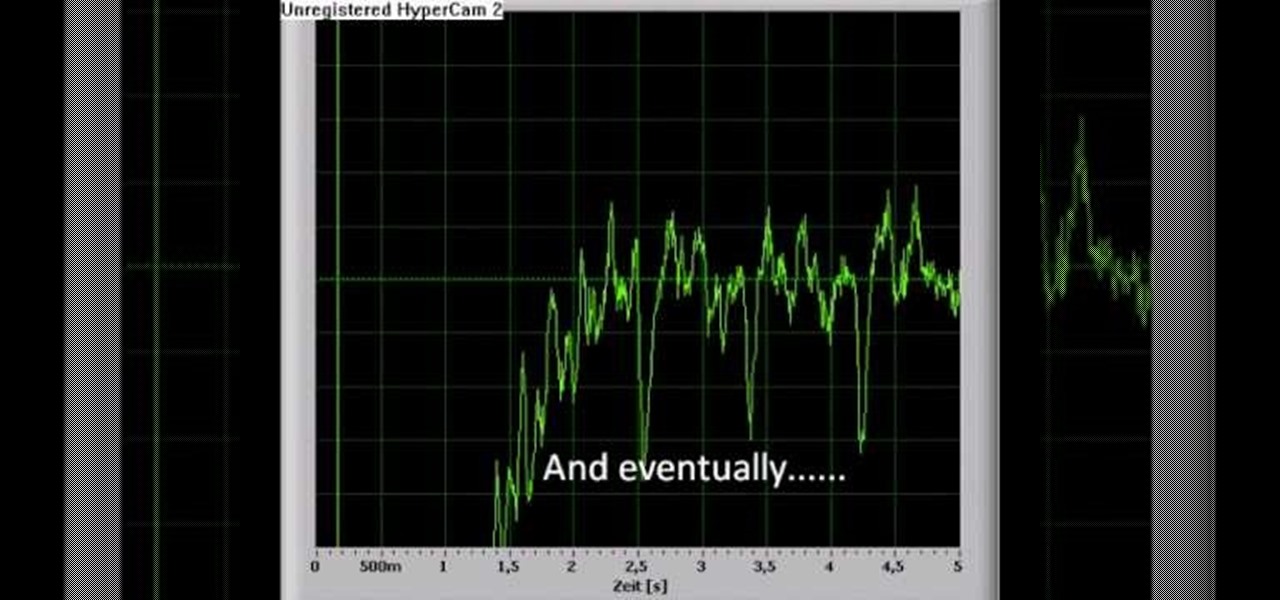
How To: Turn Your Computer into a Pulse Monitor
Have you ever wanted to see your heartbeat, but without the stress of having to be in the hospital? You can with this easy, step-by-step guide to turn your computer in a pulse monitor to check your heart rate from the comfort of your own chair. Check the beating of your heart after a workout to see how fast your blood is pumping or watch it drop after a soothing day at the spa or a nice bubble bath. The easy to follow video tutorial is set to a funky beat that is sure to get your blood (and f...
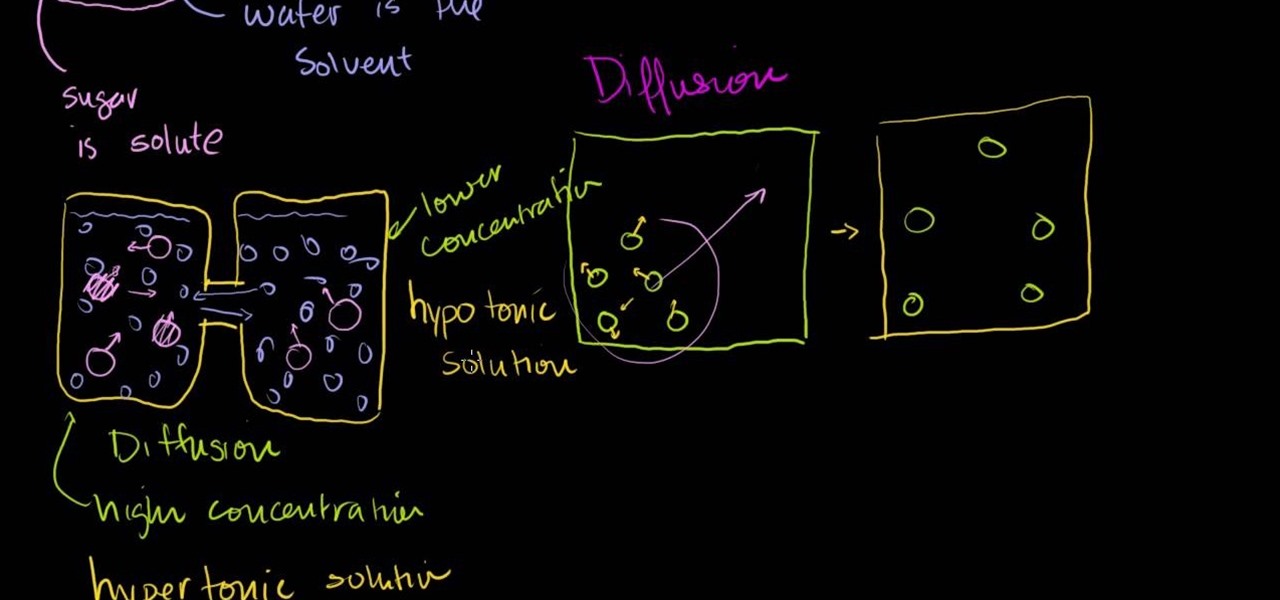
How To: Understand diffusion & osmosis
Inside the container we have some water molecules and inside those water molecules we have some sugar molecules. We have more water molecules so in this case the thing which is more of called SOLVENT and the thing which is lesser is called SOLUTE. We can say sugar molecule dissolves in the water. The combination of Solvent and Solute is called the SOLUTION. Diffusion is spreading the molecules from high concentration to low concentration. If we take two containers of water which are joined fr...
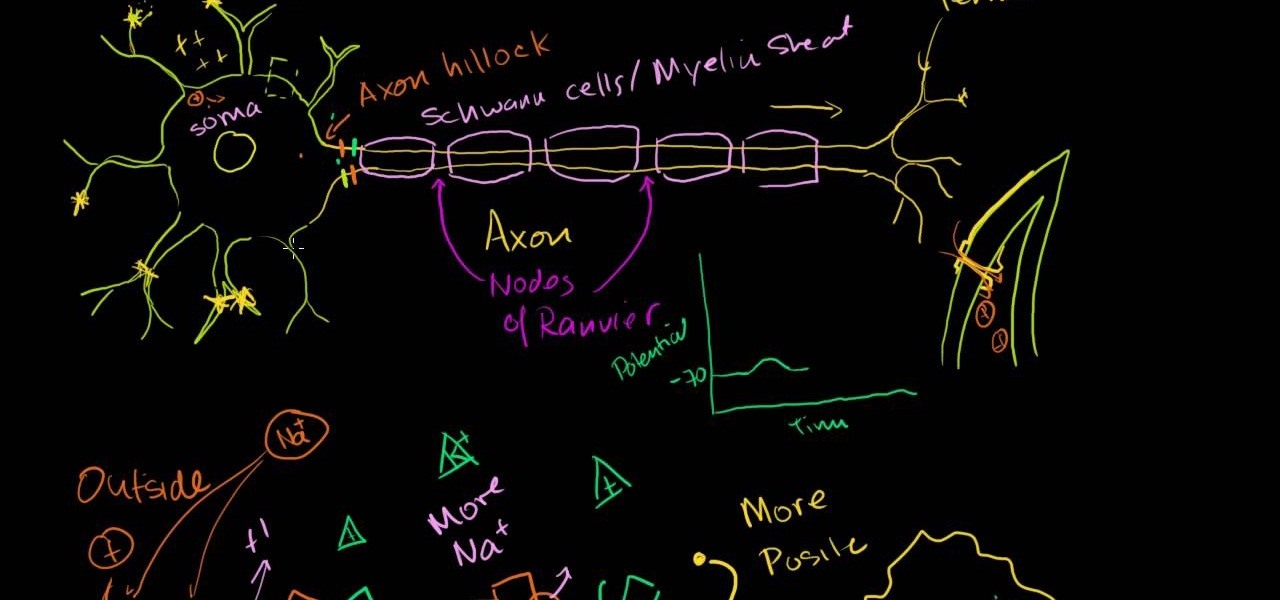
How To: Understand saltatory conduction in neurons
This video is a discourse about saltatory conduction in the neurons. According to the author, it begins with the opening of a gate on the membrane of one of the dendrites of a neuron, and positive charge enters through this gate. The positive charge spreads throughout the cell, and gets dissipated as it spreads, so that, by the time it reaches the Axon hillock of the neuron, it is left with very little potential. However, the potential which results from the simultaneous excitement of many de...

How To: Compare fractions.
This video will show those who would like to learn more about math how to easily compare fractions with different denominators using a simple technique. You will be able to compare the fractions to each other by multiplying the numerator of each fraction with the denominator of the other, in a process called cross-multiplication. Keeping the numbers on the proper side of the equation, compare the two products which you receive from each cross multiplication and you will be able to compare the...
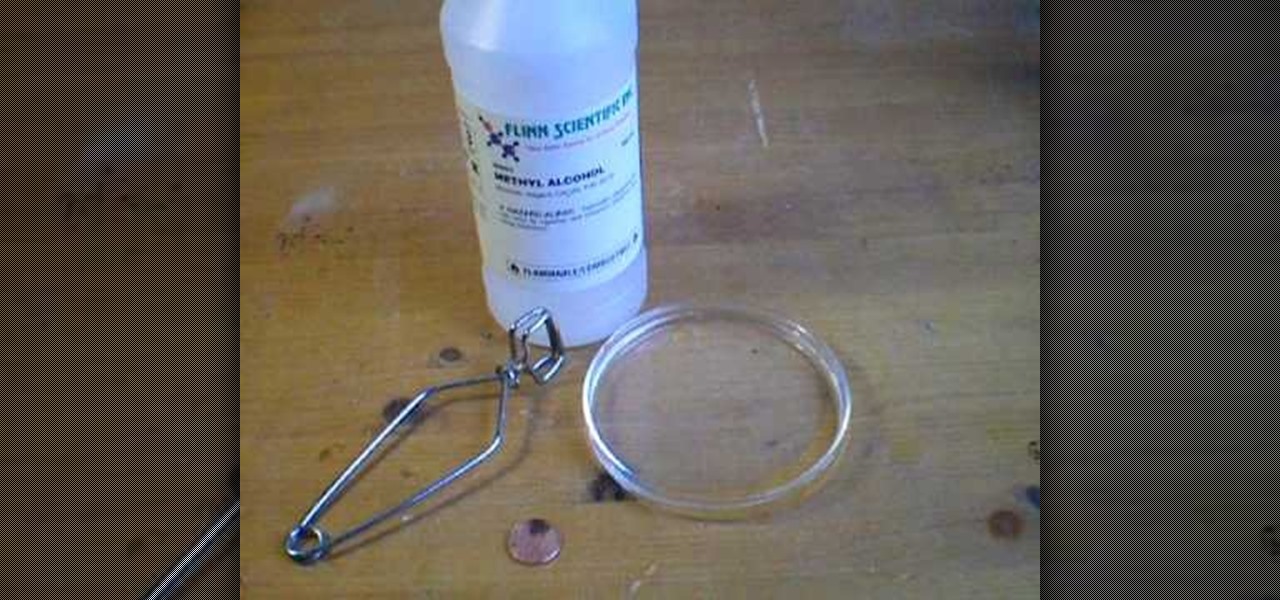
How To: Do the Leidenfrost Effect w/ methyl alcohol & a penny
This how-to video is about demonstrating the Leidenfrost effect with methyl alcohol and a penny. To demonstrate the Leidenfrost effect the following items are required:

How To: Do balloon and bottle pressure experiments
Requirements: 2 soft drink bottles, 2 or 3 balloons , screwdriver. First take the balloon and check the balloon.
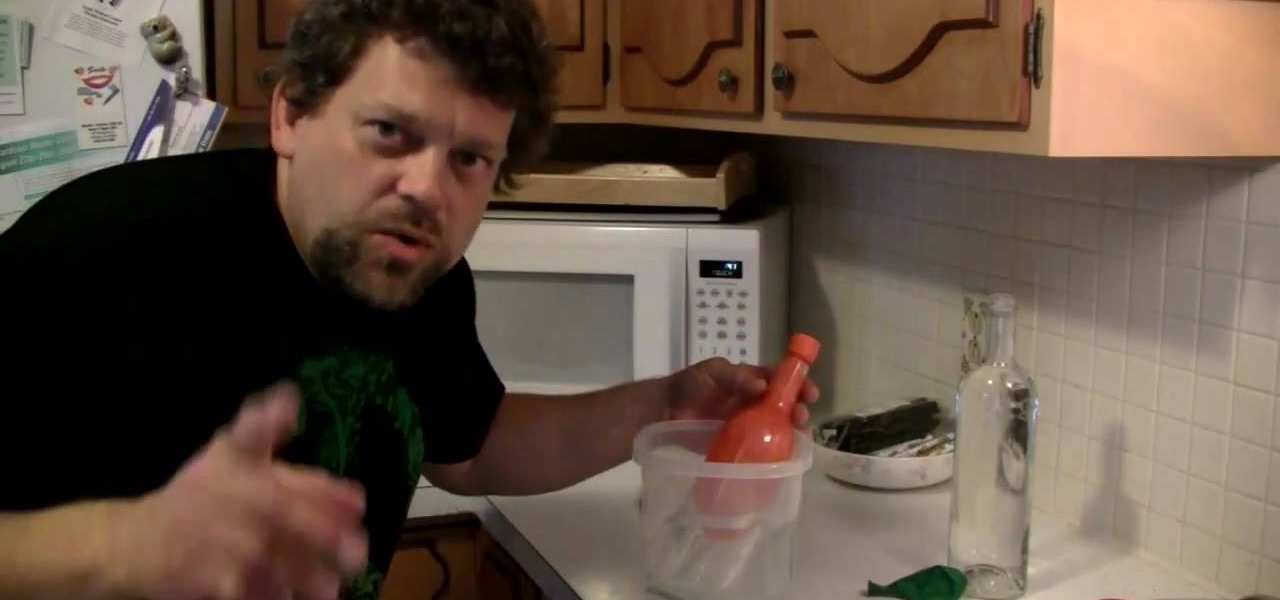
How To: Do three balloon science experiments
This video describes how to perform a three balloon science experiment which is a good way for children to learn scientific principles and could make a good science project for school. In this video one will learn key elements of each project and the logic behind the fun. For example in the first experiment one learns about air pressure and how changes from hot to cold cause amazing effects. Overall this video is simple and useful for anyone who would like to teach, entertain or help children...

How To: Make magnets float down a steel tube
Mr.G in the episode 3 of "Summer snow fall" explain the experiment for eddy currents and lenz law by using general house hold items like copper tubes of different dia., 2-neo themium magnets attached together and a ball bearing magnet. At first he took the big diameter copper tube and drop the neo-themium magnets, they fall slowly without touching the surface of the copper tube as they are like freely falling from space with less gravity, for the next time he took small diameter copper tube a...

How To: Create a crazy ketchup packet water bottle experiment
This video displays a very interesting experiment or magic trick involving the concepts of density and buoyancy. You will need an empty plastic bottle with its label removed, some water, and a ketchup packet. Using the concepts of pressure and density, this video demonstrates an interesting experiment which can also double as an interesting party trick; by squeezing a full water bottle, you can cause the ketchup packet to rise and sink in the bottle at your whim. This video is an interesting ...
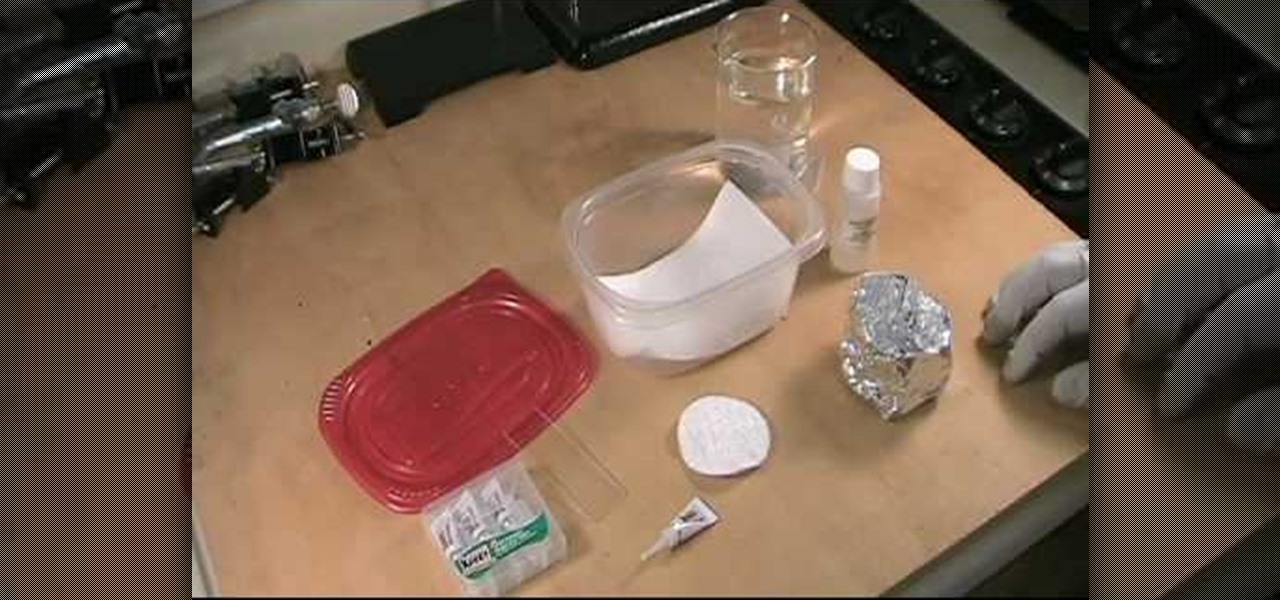
How To: Use superglue to reveal latent fingerprints
Do you need to check a scene for prints, or are maybe just curious about the techniques of forensic science? In this video, Robert Bruce Thompson from the Home Scientist unravels the mysterious of forensic fingerprinting using common materials that you may already have sitting around in your home right now. Explains and demonstrates the process of superglue fuming step-by-step to reveal latent fingerprints. Includes great tips on how to improve and speed up the process using household products.

How To: Simulate your own space vacation
This how-to video is about how to simulate your own space vacation.
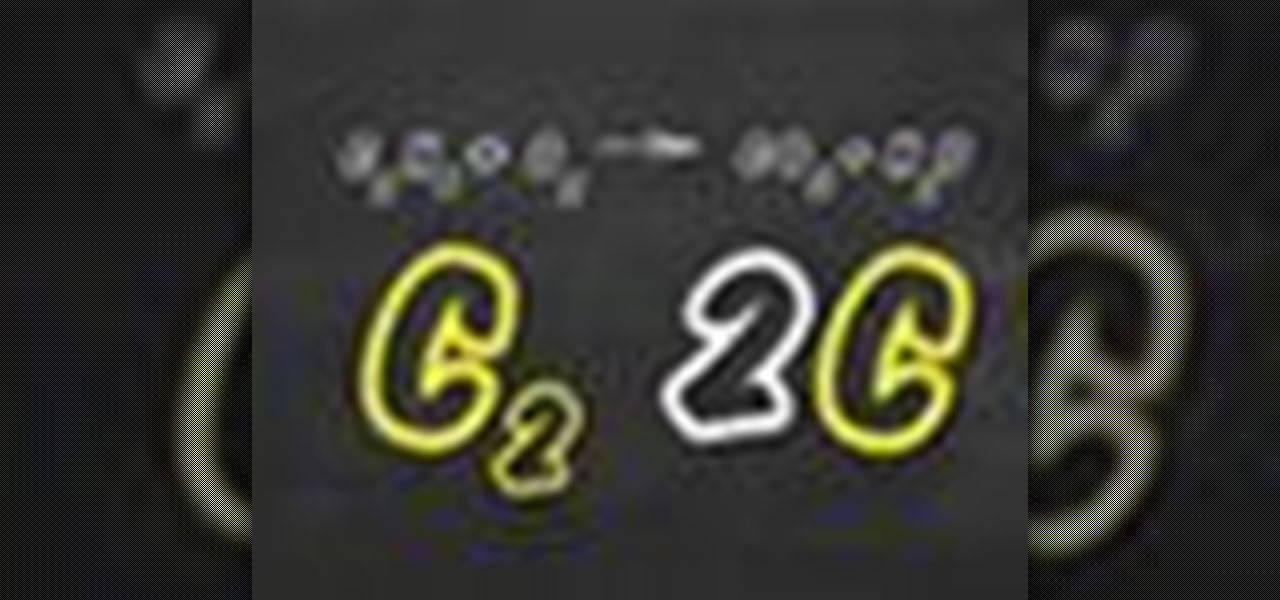
How To: Balance chemical equations
Not sure how to balance a chemical equation? According to the rules of chemistry, matter must be conserved in chemical reactions. When you balance a chemical equation, you account for all of the matter in the reaction.
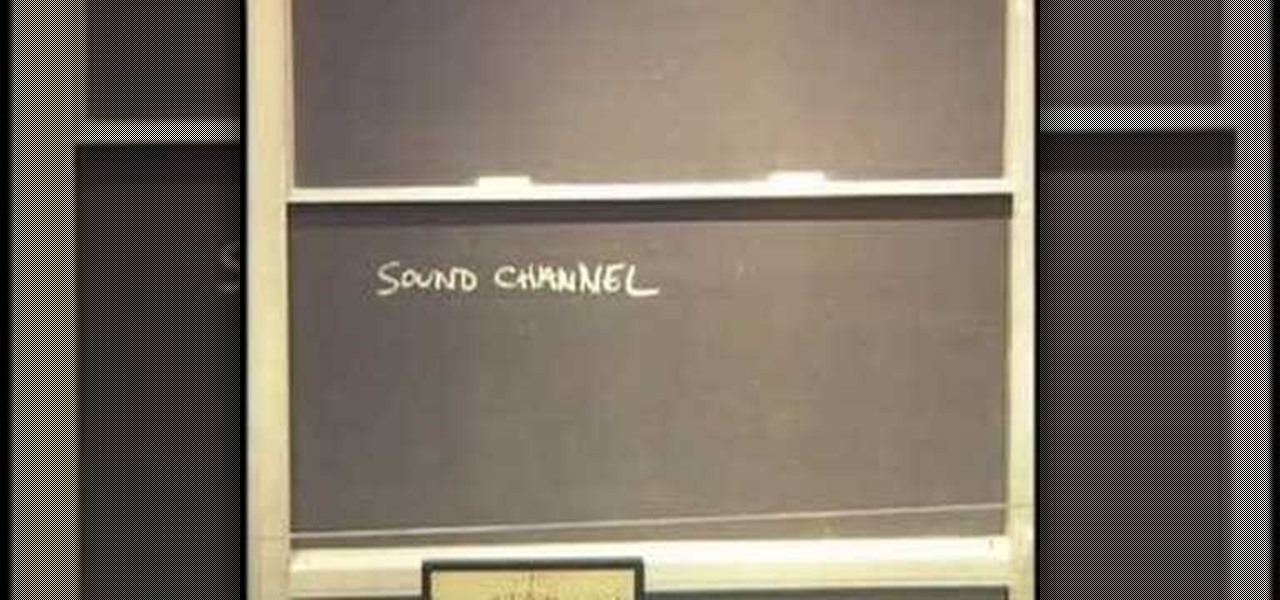
How To: Understand the physics of waves: true story of Roswell
In this three-part video, learn about the events surrounding the newspaper article in Roswell New Mexico 1947 regarding crashed flying saucers. The story has to do with nuclear weapons, the second world war, government lies and the movement of sound waves. See how the evnst of Roswell tie in with physics of waves with help from host, Professor Richard Muller of Berkeley University.
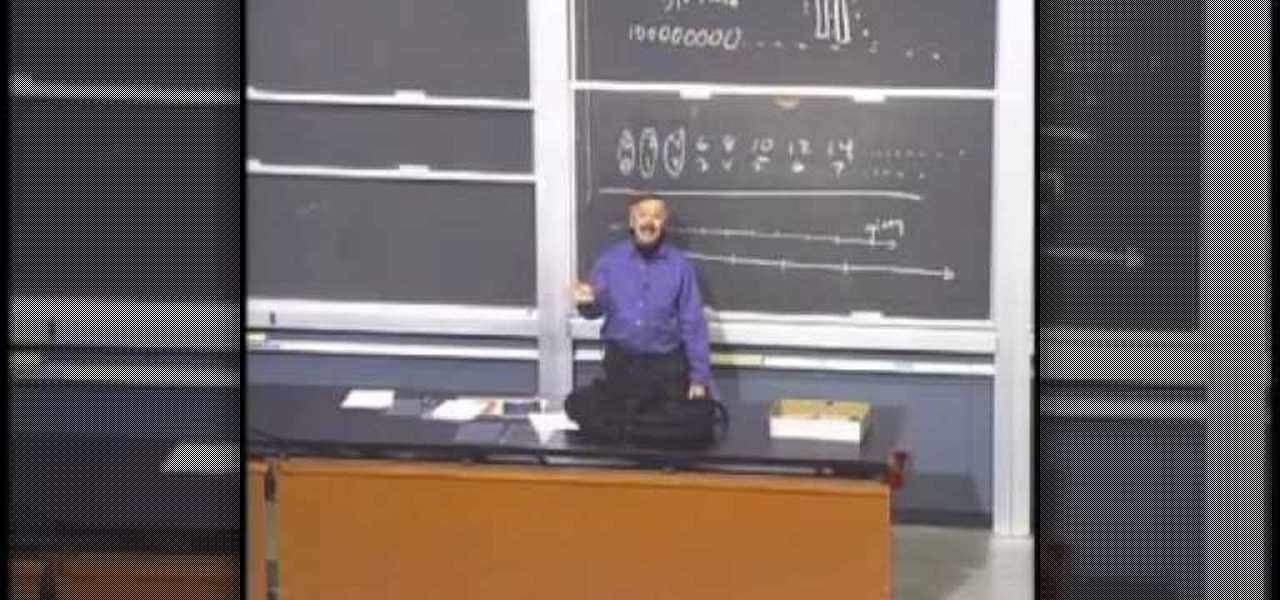
How To: Understand the Big Bang theory
Curious about the Big Bang Theory. In this four-part video, learn all you need to know from a great source. Hosted by Professor Richard Muller of the University California, Berkeley, this lecture is part of university's spring 2006 webcasts of "Physics For Future Presidents".

World's Scariest Science: Sci-Fi Future is Potentially Bone Chilling
Innovative or downright frightening? Popsci examines five of the world's scariest science experiments-in-progress.
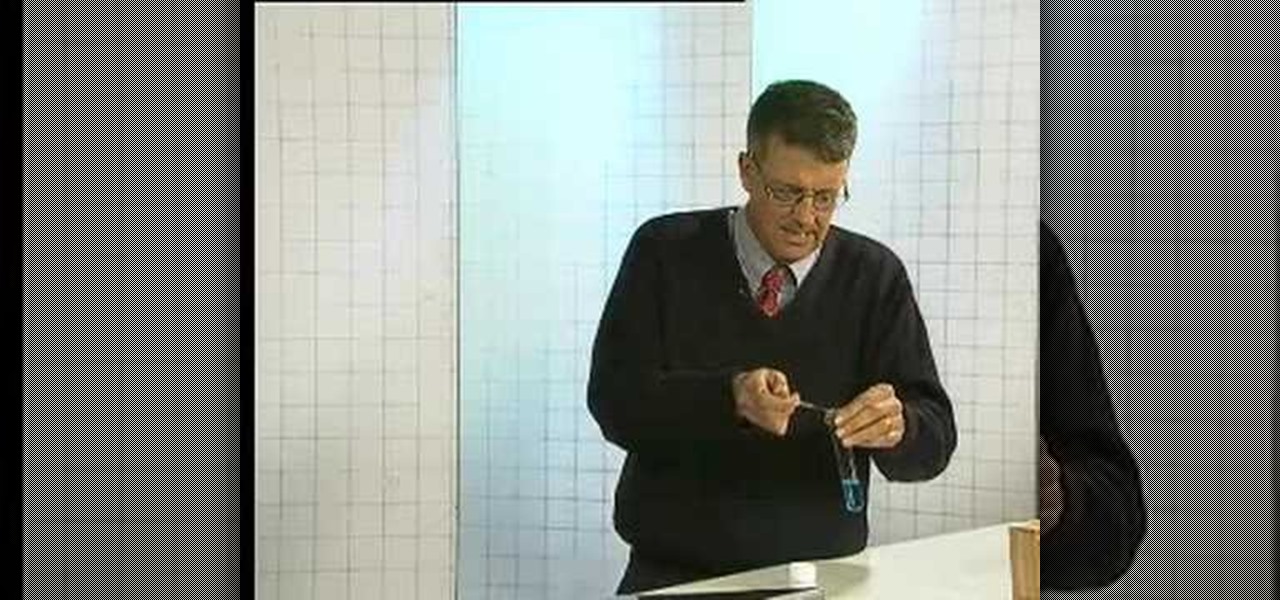
How To: Understand reduction & oxidation in Chemistry
Curious about reduction & oxidation? In this two-part episode of The Science Catalyst hosted by Barry Lambson, the subject of Chemistry, reduction & oxidation is gone over with iron powder and copper sulphate. Oxidation and reduction are heavily related which is why they are both considered "redox reactions". Acids and bases may be thought of as reactions involving hydrogen, or protons, while redox reactions tend to be concerned with electron gain and loss.

News: Mosquitoes Annihilated By Death Ray Laser
Laser gun + killing mosquitoes = lots of little boy fun, but what's it all about? Quite possibly the most entertaining, thrilling, and well, downright life-saving presentation at this year's TED conference was Intellectual Ventures' mosquito death ray.
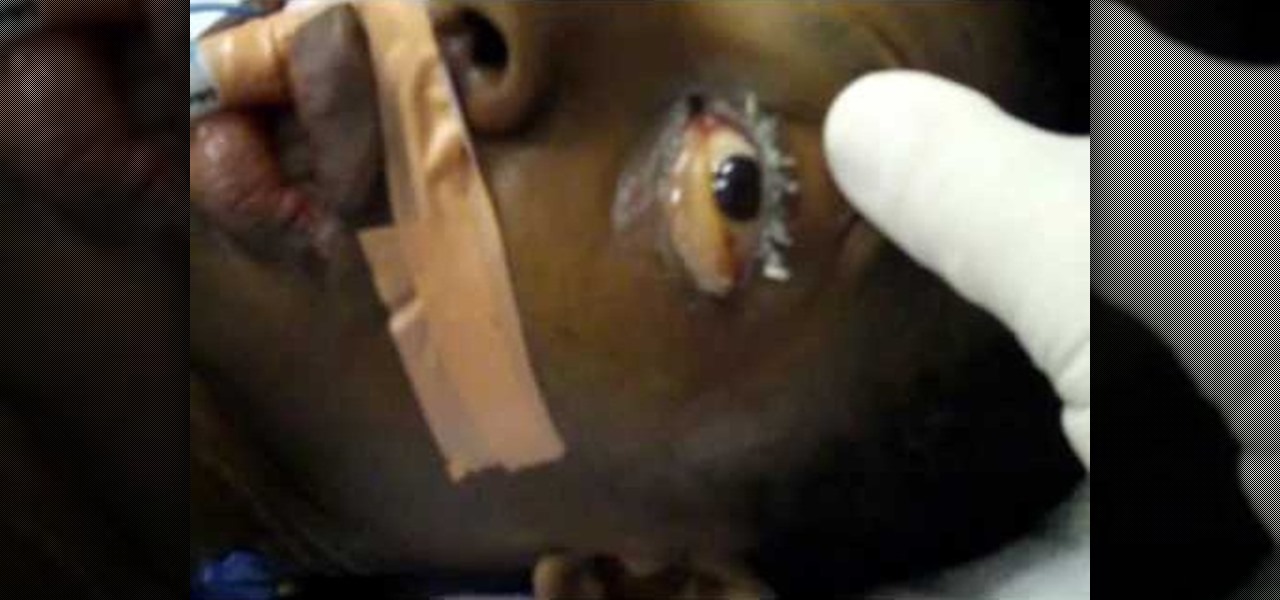
How To: Understand Cavernous Sinus Thrombosis
From The Apprentice Doctor, a video regarding "Cavernous Sinus Thrombosis", which means a blood clot in the cavernous sinus. The cavernous sinus is in the base of the brain and contains several nerves, a vein and many other structures. The vein that sits in the Cavernous sinus carries deoxygenated blood from the brain & face and brings it back to the heart. This video shows how to spot Cavernous Sinus Thrombosis in a patient's protruding eyes.
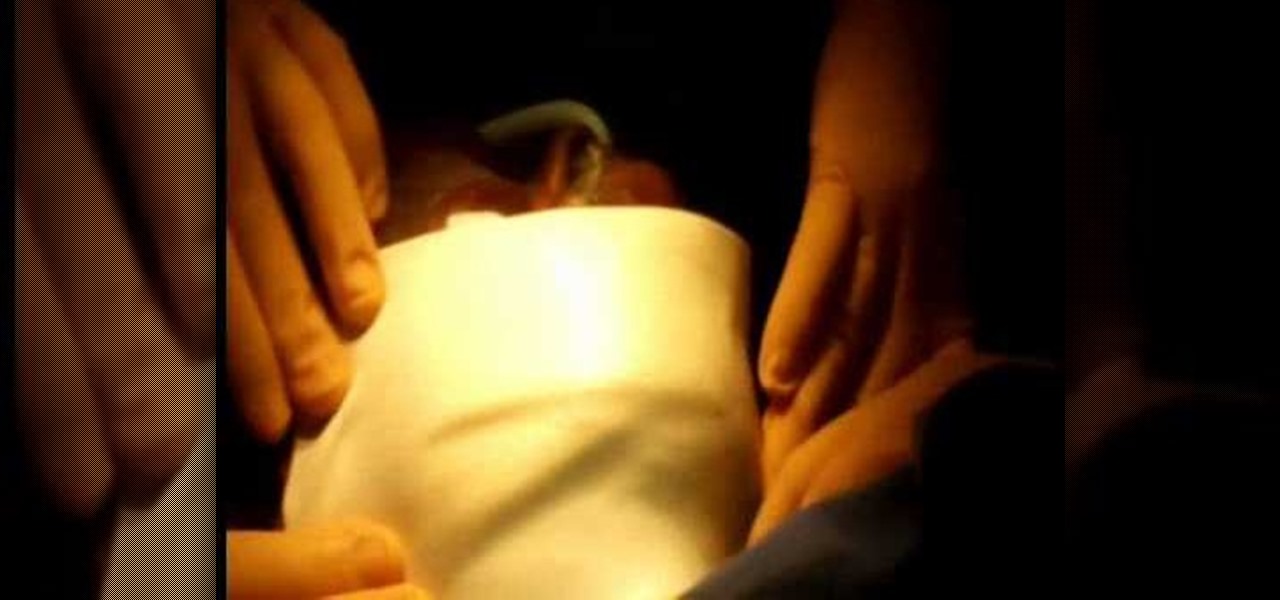
How To: Remove an abscess (for doctors)
So you want to become a doctor, huh? To be a surgeon or doctor one must have a strong stomach. In this video, learn how doctors remove an abcess from a (diabetic) patient's lips. Warning: not for those with weak stomachs.
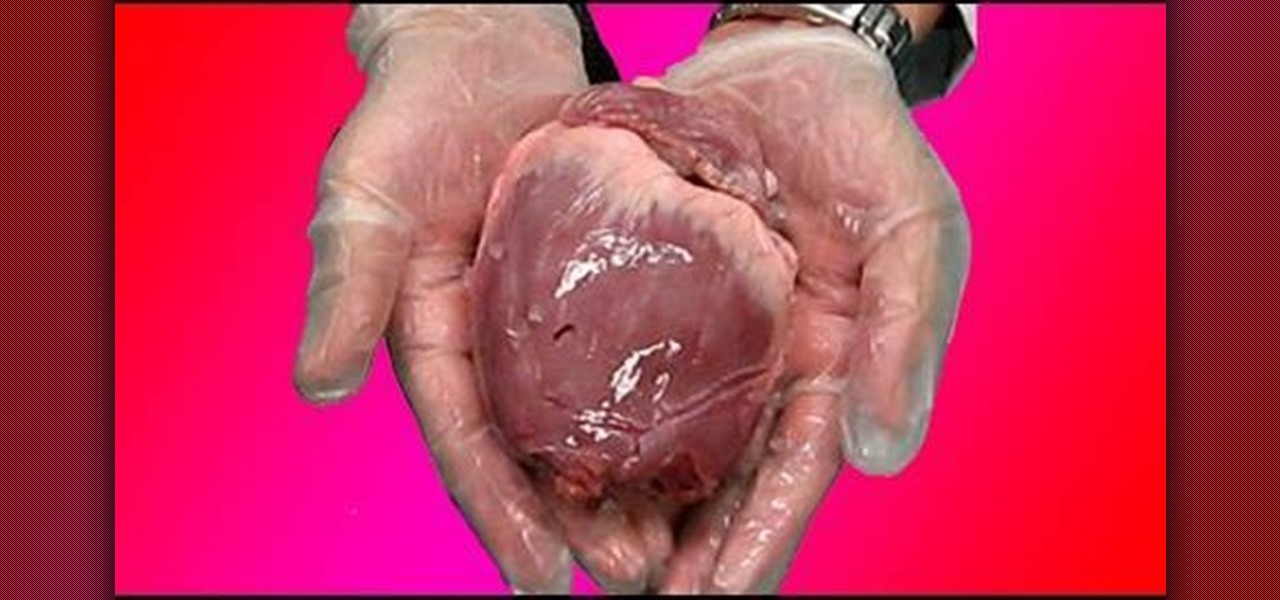
How To: Break hearts with liquid nitrogen
You'll be breaking hearts this Valentine's Day, literally, you'll be "breaking hearts"… if you try this science experiment. A live heart. That disgusting thing you swear your love by. How do nerds break hearts? With liquid nitrogen!
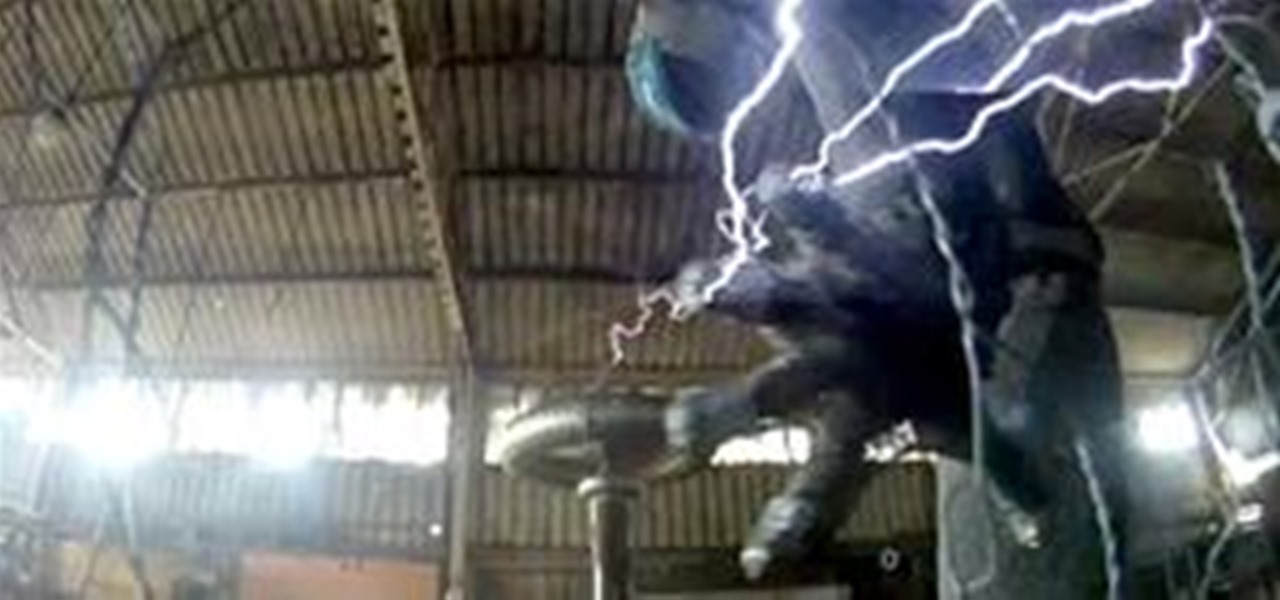
News: Man Shoots Lightning from Hands (Wearing Faraday Suit)
No kidding, watch below as 500,000 volts of electricity literally course over a man's body. Of course, he has a little protection: the faraday suit. The video was shot in Austin, Texas, for a German television documentary. Producer Johannes Wiebus is quoted as saying:
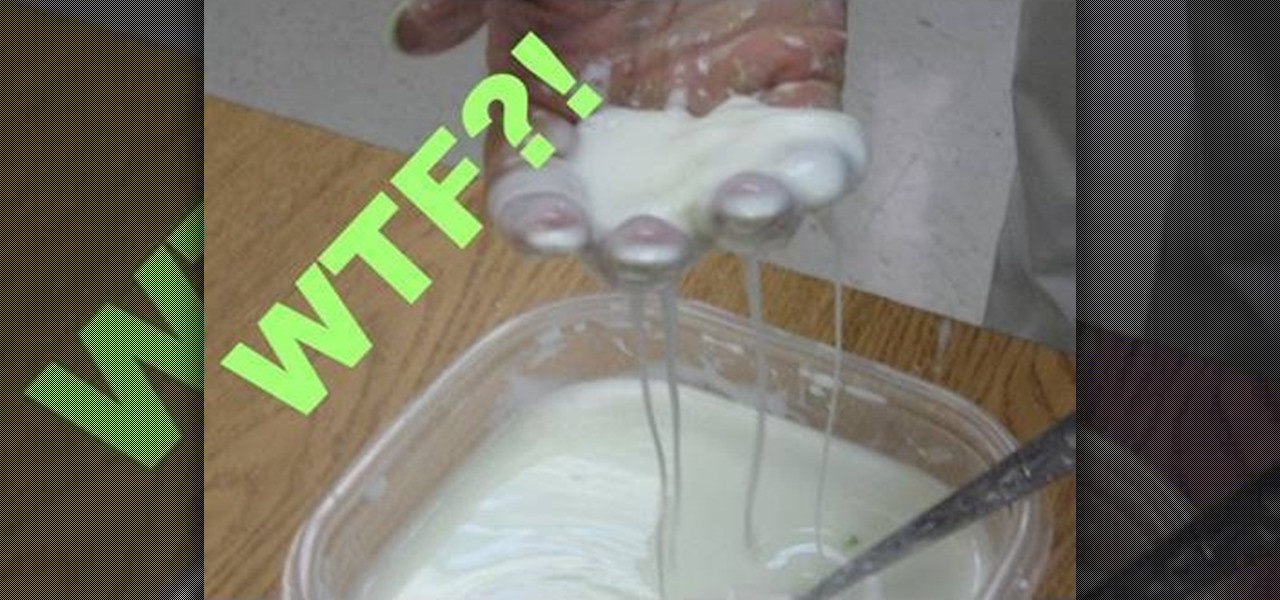
How To: Create a non-Newtonian fluid
On this episode of Scientific Tuesdays, Dylan shows you how to create a non-Newtonian fluid using corn starch and a little water. A non-Newtonian fluid is any fluid that does not follow the laws of physics.

News: 100 of YouTube's Coolest Science Experiments
The X-Ray Vision-aries Blog has compiled a list of YouTube's 100 Coolest Science Experiments. I particularly enjoy their introduction to the selection:

News: HD Tour of the Brand New International Space Station
Take a tour of the ISS (International Space Station), just posted on YouTube this week. The ISS is an international project, including the five participant space stations: American National Aeronautics and Space Administration (NASA), the Russian Federal Space Agency (RKA), the Japan Aerospace Exploration Agency (JAXA), the Canadian Space Agency (CSA), and the European Space Agency (ESA).

How To: Make duct tape glow
If there was a way to make duct tape more desirable and distinct, would you do it? Well, what if there was a way to make duct tape glow? There is a way. Watch this science video tutorial from Nurd Rage on how to make duct tape glow with Dr. Lithium.

News: Teenager Invents Technology for Deep "Cave-Texting"
16-year-old Alexander Kendrick has invented a low-frequency radio that allows for cave-texting, meaning deep underground cellular communication.

News: Artificial Organs Whipped Up With an Inkjet Printer
Dr. Anthony Atala landed a place in PopSci's Best of 2006 with his homegrown bladders. Now Atala returns to the spotlight at a recent TED talk, discussing his current project of "printing" organs.
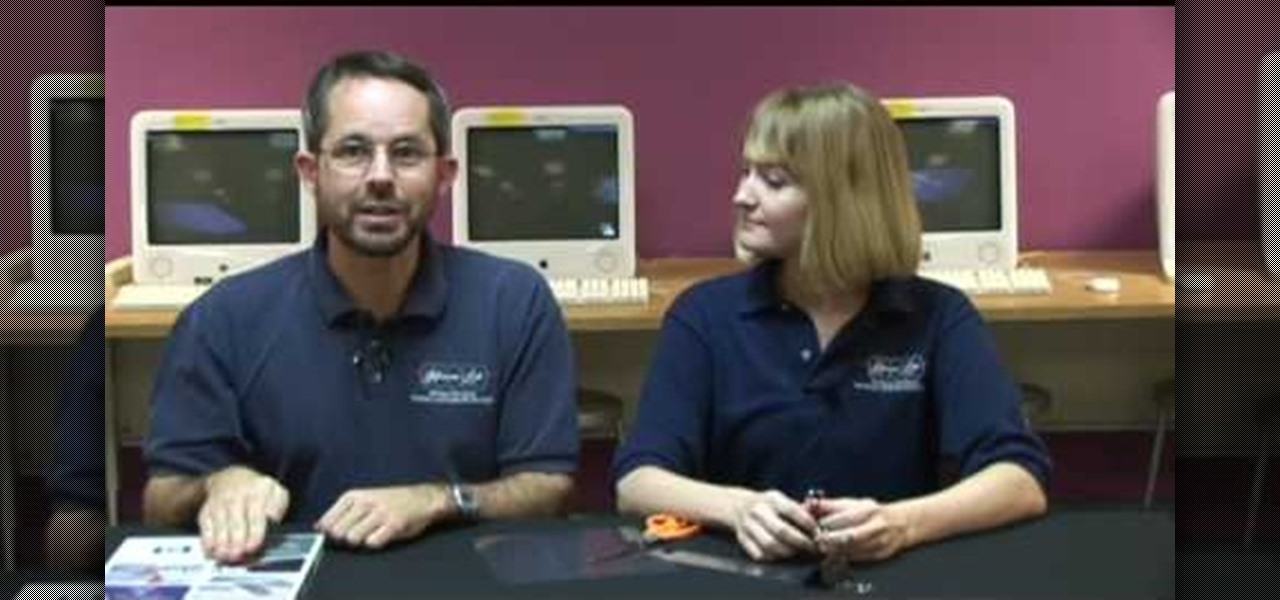
How To: Make an electroscope for static electricty experiments
In this video, learn how to make your own homemade electroscope. An electroscope is an early scientific instrument that is used to detect the presence and magnitude of electric charge on a body and for static electricity experiments. They are easy to make. This electroscope is made from a binder clip and two sheets of plastic (or overhead transparency film), and scissors.
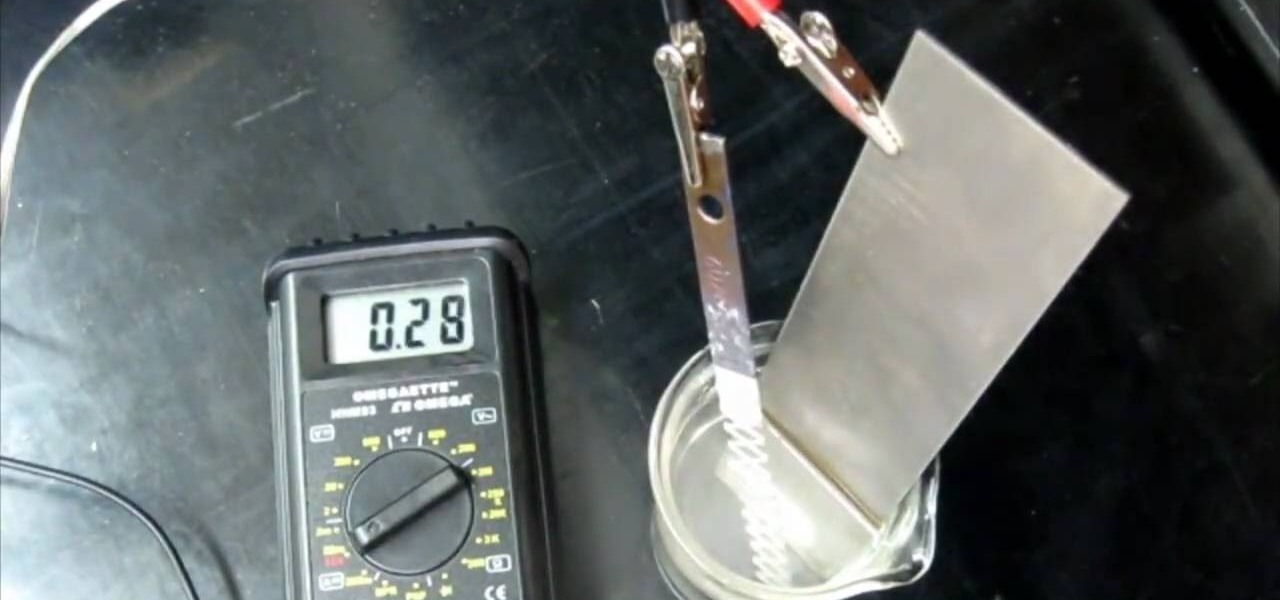
How To: Passivate titanium metal for electrochemistry
If you want to make some electrodes for electrochemistry, titanium strips are the way to go. It's rather interesting metal, and it's really hard, but can be cut with standard metalworking tools. Titanium filings are highly flammable, just like iron filings. But not everything is what it seems… this quick video on titanium and passivation electrochemistry tells why it makes it a bad anode if used without further treatment.
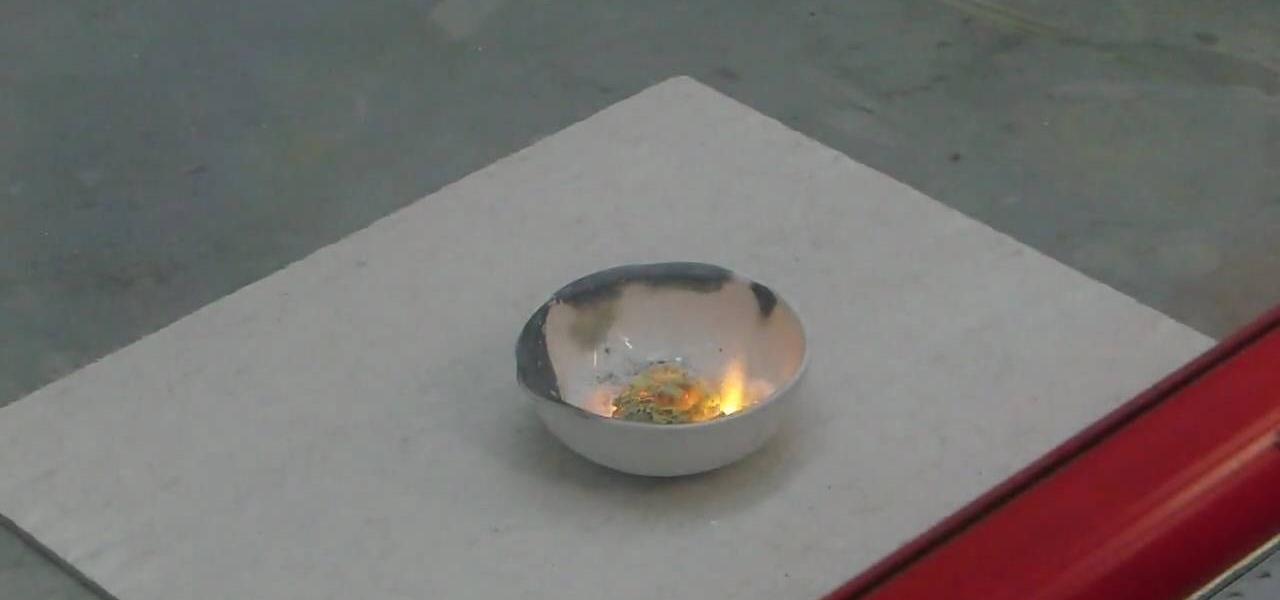
How To: Make fire water or "Negative X" (Zn, NH4NO3, NaCl)
C For Chemistry delves into the chemistry of science experiments. This chemist knows what he's talking about. These chemistry experiments are not only fun, but very educational for all of those interested in scientific chemical reactions and properties.
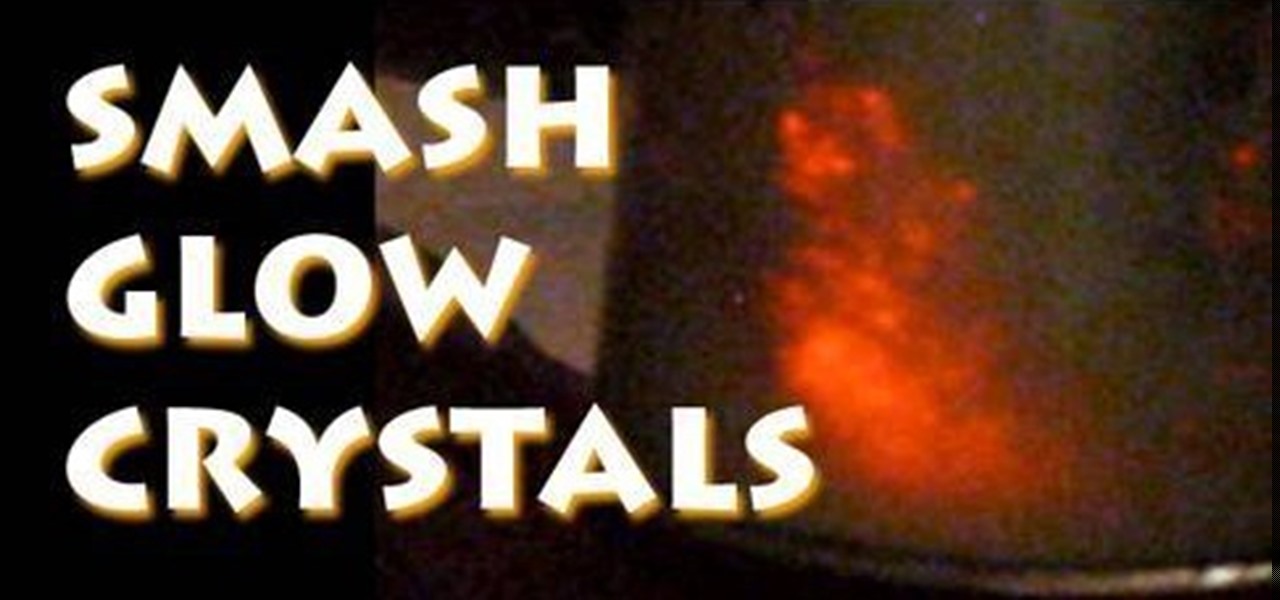
How To: Make Smash-Glow Crystals (Triboluminescent Crystals)
Smash glow? What the heck is that? That's exactly what you'll find out… watch this science video tutorial from Nurd Rage on how to make smash-glow crystals (triboluminescent crystals) with Dr. Lithium.

How To: Build an overhead water rocket launcher
Curious about rockets? In this seven-part tutorial hosted by a science teacher, learn how to build your very own overhead water rocket launcher with simple tools you could find around town.
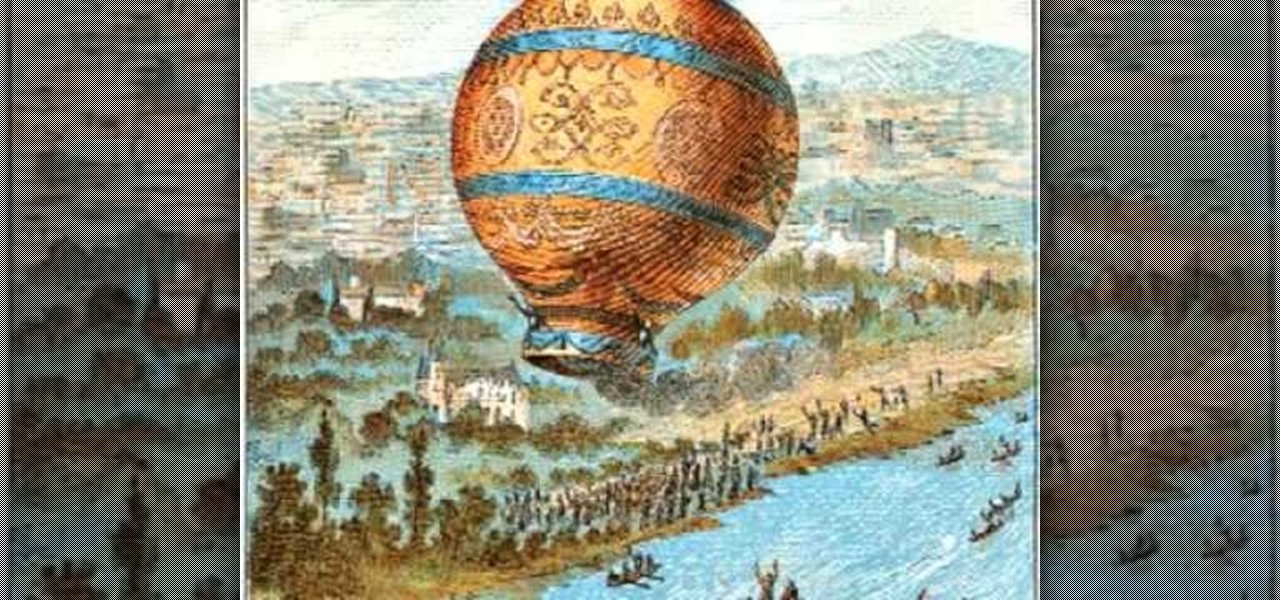
How To: Make a homemade hot air balloon
Think a hot air balloon is something you can only read about in books? Think again. In this six-part science based tutorial, learn how to make your very own hot air balloon using science & the following easy to find materials: plastic bags, plastic drinking straws, thin candles, aluminun foil, tape, and scissors.
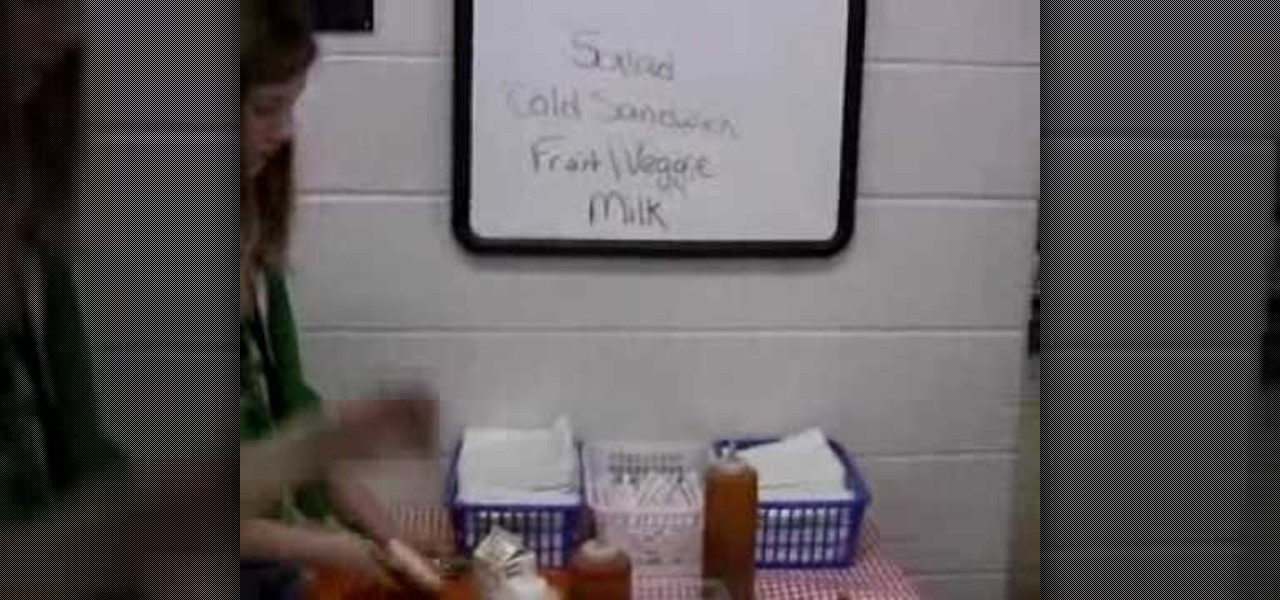
How To: Make a cartesian diver
In this two-part science tutorial, learn how to make a cartesian diver, easily & inexpensively. A Cartesian diver, sometimes known as a Cartesian devil is a classic science experiment, named for René Descartes, which demonstrates the principle of buoyancy (Archimedes’ principle) and the ideal gas law.
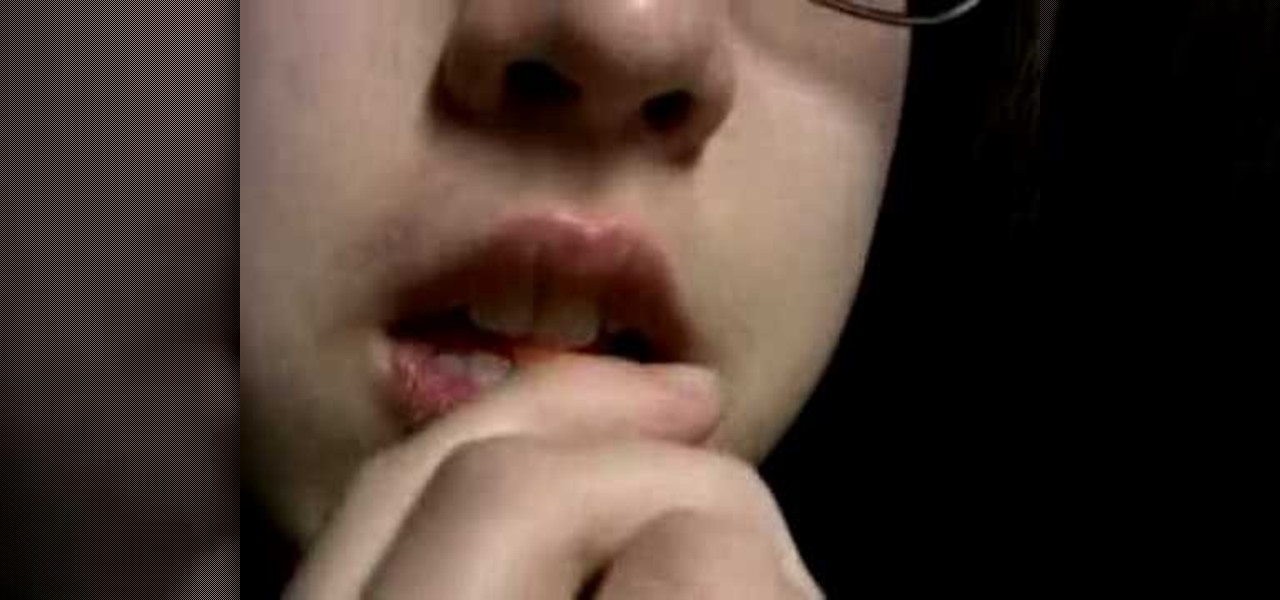
How To: Build a reed instrument from a drinking straw
In this two-part science tutorial, learn how to make a DIY reed instrument! By cutting the end of a drinking straw you can make a musical reed instrument that you can actually play a tune on. Within these videos, you will also gain some insite into the science of sound and music.

How To: Build and make an erupting volcano model at home
Hmm... wondering what to do with a lazy Sunday afternoon? Why not build a volcano that can erupt? Have fun and make a mess, all in the name of science!

How To: Understand time travel
Has time travel always sparked your interest? Are you weirded out by wormholes? Flummoxed by your flux capacitor? Strap yourself in for this time-travel primer.



